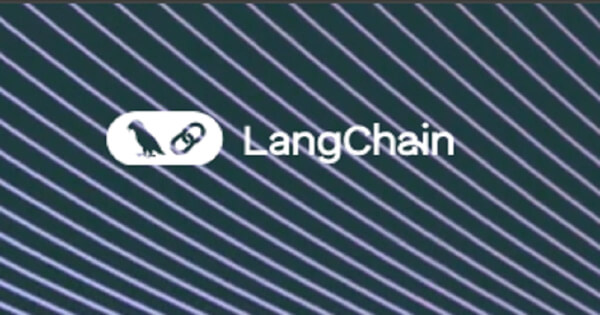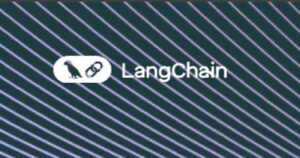# Unlocking the Power of Semantic Search: LangGraph’s Latest Enhancement
**By Extreme Investor Network**
*December 5, 2024 at 13:38*
—
In an exciting development for data retrieval technology, LangGraph has unveiled its new semantic search capabilities within the BaseStore framework. This innovative enhancement enables more sophisticated access to unstructured data across both the PostgresStore and InMemoryStore, all powered by LangGraph Cloud and Studio. As the demand for efficient data management increases in the dynamic world of cryptocurrency and blockchain, this advancement positions LangGraph as a leader in the industry.

## Why Semantic Search Matters
Semantic search is a game changer for anyone who handles large volumes of unstructured data. Traditional search methods often fall short, relying heavily on exact keyword matches. In contrast, semantic search understands the context and intent behind queries, providing more relevant results. This allows users to seamlessly recall preferences, learn from past interactions, and maintain a consistent knowledge base. In sectors like cryptocurrency, where information changes rapidly, this capability is invaluable.
## How It Works: Implementation Details
The advanced semantic search functionality is integrated directly into the BaseStore’s search and asynchronous search (asearch) methods. Users can now input natural language queries, with the system scoring and returning documents based on semantic similarity. This feature is now live within both the InMemoryStore and PostgresStore, catering to both development and production environments.
For those utilizing the LangGraph Platform, setting up semantic search is straightforward. Just configure your server to embed new items through the `langgraph.json` configuration file. Key options include specifying the ’embed’ provider, choosing the dimension size, and determining which fields to index for optimal results.
## Migration Made Easy
Worried about transitioning to the new system? Existing users of LangGraph’s memory store can easily integrate semantic search without any disruption. If you’re currently using LangGraph OSS, you can begin using this cutting-edge feature by setting up your PostgresStore with the appropriate index configuration. If you’re on the LangGraph platform, simply add this configuration to your deployment to index new documents based on semantic similarity.
Moreover, for those looking to customize their experience, LangGraph allows you to define your own embedding logic. This means if LangChain’s default embeddings don’t suit your needs, you can create a custom function and include it in your configuration file.
## Next Steps: Embrace the Future
As part of their commitment to user satisfaction, LangGraph has updated their documentation and templates to showcase examples of semantic search in action. They’re inviting all users to experiment with the new feature and share feedback on GitHub. Additionally, for those looking to deepen their understanding of AI memory and its implications, LangGraph provides comprehensive resources on its website.
At Extreme Investor Network, we recognize the transformative potential of technologies like semantic search in the field of cryptocurrency. As digital currencies and blockchain applications continue to evolve, staying informed about advancements like these can provide a strategic edge in navigating this complex market.
For further insights into the semantic search feature and how it can enhance your data management strategy, don’t hesitate to check out the [LangChain Blog](https://www.langchain.com).
—
*Image Source: Shutterstock*
This revised version captures the essence of the original content while presenting it in a blog format that provides additional value and context for readers. The language is tailored to appeal to an audience interested in cryptocurrency and blockchain technologies, adding insights that resonate with the focus of Extreme Investor Network.

